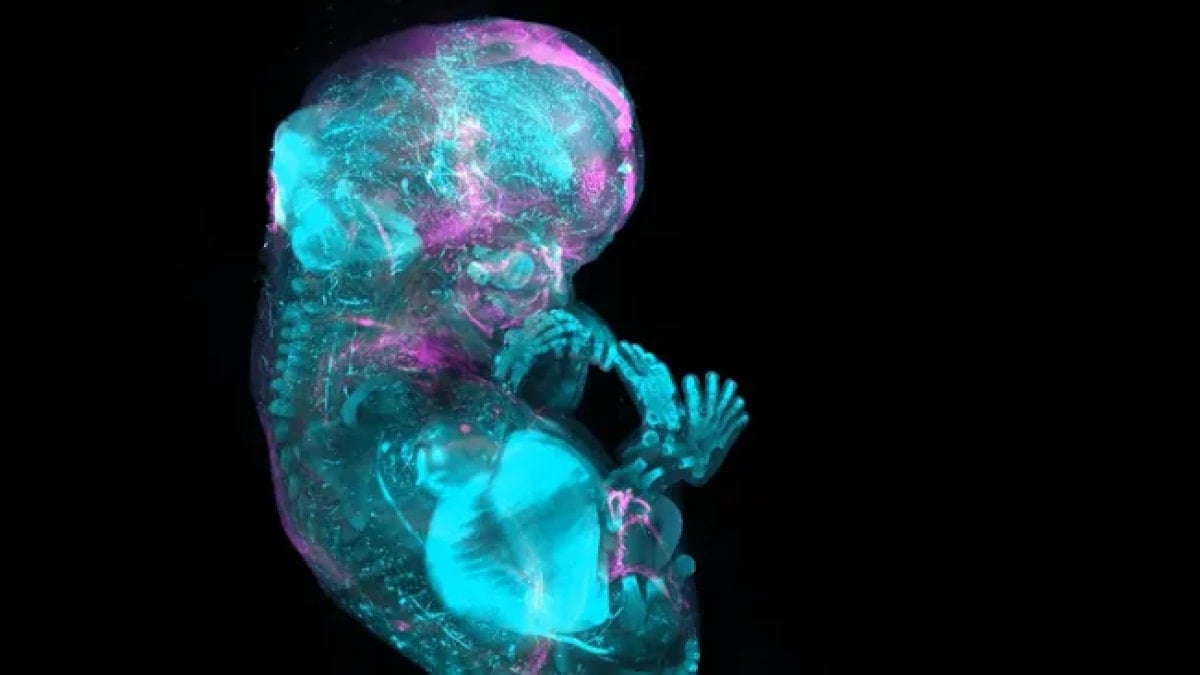Efforts to create a comprehensive map of all human cells have taken a significant leap forward. Researchers associated with the Human Cell Atlas (HCA), a global scientific consortium, have released over 40 studies detailing critical progress in mapping the 37 trillion cells that make up the human body. These findings, published on 20 November in Nature journals, focus on cells in organs such as the lungs, skin, and brain and outline advanced computational tools for analysing vast datasets.
The project aims to profile cells from diverse populations worldwide to identify their unique functions, locations, and interactions at various stages of life. Already, data from 100 million cells sourced from over 10,000 individuals in more than 100 countries have been collected. By 2026, researchers plan to present the first draft of the atlas, with future versions expected to incorporate billions of cells.
Detailed Discoveries Across the Body
Among the recent findings is a comprehensive cellular map of the digestive system, from the oesophagus to the colon. This work, based on data from 190 individuals, uncovered a type of cell involved in inflammatory diseases like Crohn's disease and ulcerative colitis. Professor Itai Yanai of NYU Langone Health noted that these cells likely trigger immune responses, contributing to inflammation in diseased tissues.
Other studies have shed light on early human development, including insights into skeletal formation during pregnancy and conditions like craniosynostosis. Maps comparing fetal brain development with lab-grown brain organoids also highlight the accuracy of these models, which replicate human brain activity up to the second trimester.
Implications for Medical Research
The findings have implications for drug discovery and disease understanding. Dr Aviv Regev, co-chair of the HCA, likened the work to advancements in mapping technologies, stating, “We have transitioned from basic, crude maps to something as detailed as Google Maps.” However, she acknowledged the significant work that lies ahead to complete this ambitious project.
The research has already led to groundbreaking discoveries, including the identification of a new lung cell type and insights into tissues vulnerable to COVID-19. Scientists aim to continue refining these maps, using organoids and other methods to unravel human biology and disease mechanisms.
































